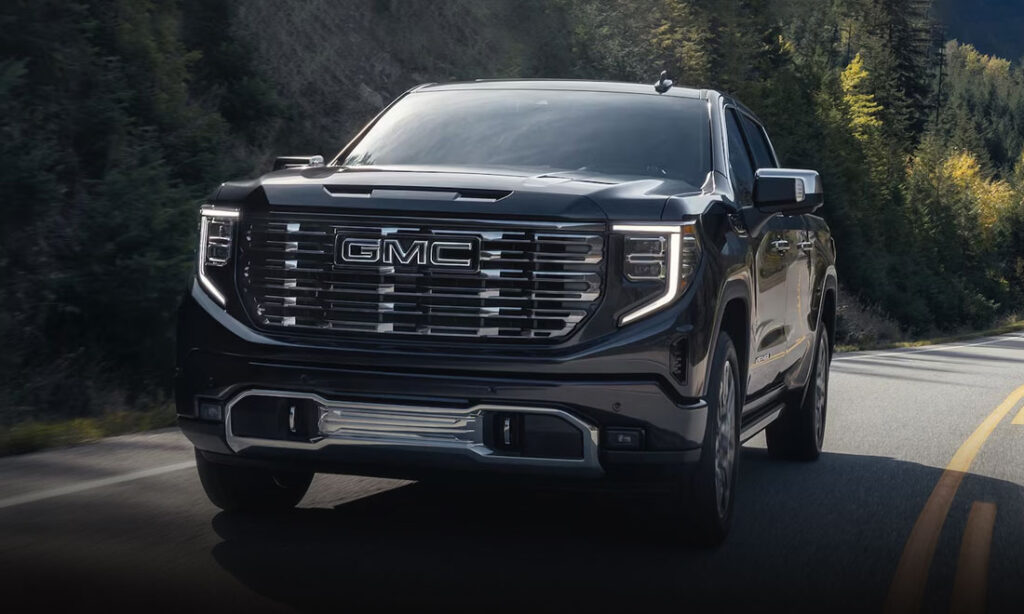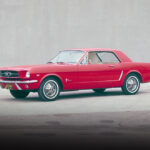Timeless Elegance: 1960s Lincoln Continental
The fourth-generation Lincoln Continental of the 1960s was the perfect balance of simplicity in design and complexity in engineering.
The Virtues of Simplicity
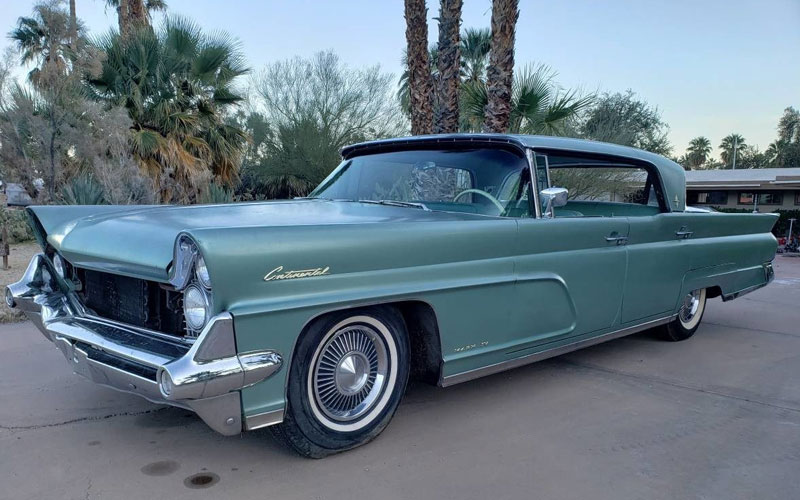
Ford’s long-running luxury division, Lincoln, parted ways with their once flagship Continental following the 2020 model year, shifting their portfolio wholly to crossovers and SUVs. Over its eighty-year history, the Lincoln Continental saw many different guises, continually shifting with convention, consistently (though not always) at the forefront of design and engineering. Today, we wanted to look back at the fourth-generation Continental of the 1960s, a car that is simultaneously emblematic of its era and special enough to transcend it.
By the late 1950s, the Continental line had gotten “busy” design-wise but also in the number of variants and body styles. The third-generation Mark series had seen the Continental name return under the Lincoln umbrella, and ostentation and ornamentation were at their zenith. The late 50s was peak fins and chrome and the Mark III, Mark IV, and Mark V Continentals were no exception.
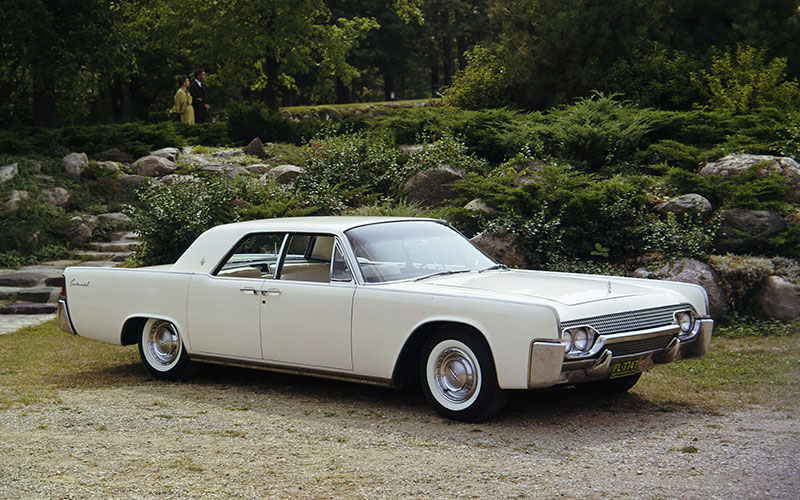
Starting with the 1961 model year, the all-new fourth-generation Lincoln Continental saw a radical aesthetic shift. Penned by John Najjar and Elwood Engel, the Continental’s new design concentrated on long, straight, unbroken lines and crisp angles. Najjar said the goal was for the car to make a statement the way a simple diamond necklace would. In a word, elegance.
The Continental was built on an elongated version of the Ford Thunderbird’s platform which meant a unibody construction. Body options were reduced from six down to just two: a four-door hardtop and a four-door convertible. The car’s size was also greatly reduced from the prior generation, truncated by a full 15 inches in length and eight inches to the wheelbase. Even so, the Continental was a massive slab of a car, weighing in at over 5,000 lbs. The car’s signature touch was its rear hinging coach doors, a featured echoed on a special edition of the very last Continental from 2020.
The Virtues of Complexity

The looks of the new Continental might have been simplified but the car’s mechanics were another story. The 430-cu-in MEL V8 under the hood, paired with a three-speed automatic, was powerful if not particularly remarkable. Naturally, the Continental was engineered for soft, smooth cruising with a pillowy suspension and feather-light steering both blissfully disconnected from whatever was going on down at pavement level.
No, the Continental’s meticulous engineering concentrated largely on luxury conveniences. There was power all around: steering, brakes, windows, locks, and the convertible top. Of those, the windows and the convertible top are the most noteworthy.
First, the convertible top on the Continental. Though a minority of the cars built, the convertible version of the Continental is the most sought after today. The car’s one-touch automatic convertible top is a mechanical wonder to behold, and more so for not having the benefit of electric motors. Instead, the drop top is hydraulic, using a complex system of limit switches and relays to coordinate the operation. The design is similar Ford Fairlane Skyliner 500 and its automatic hardtop convertible, though the Skyliner’s top utilized screw motors rather than hydraulics. The Continental’s convertible top was of a piece with the rest of the car, the absolute best Ford had to offer.
Power windows, while not common on non-luxury models, had been around since the 1940s. But the Continental’s took this luxury feature to new levels of sophistication. Because of the Continental’s rear-hinging coach doors, the B-pillar only extended to the height of the doors. The trick became how to maintain the weather stripping seal between the front and rear windows without a proper B-pillar and between the rear window and the convertible top. To solve this problem, engineers created an automatic dropping rear window that would activate whenever the rear doors were opened.
Year-By-Year Changes
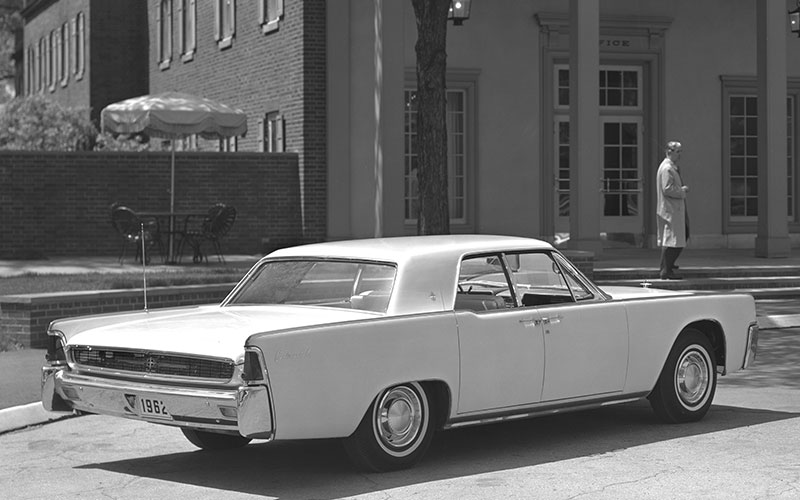
The Lincoln Continental saw continued, incremental changes throughout its run through the 1960s. At the beginning of the decade, the Lincoln brand had been in trouble. The mostly hand-built cars were expensive to make, often putting the division in the red. The new Continental, while still complex and expensive to build, was less so. A shift from 3-5-year generations to a 9-10-year generation helped reduce overhead. This translated to more minor changes over time rather than complete overhauls.
The 1962 model year offered limited changes with an updated grille design and a modest bump in length by .6 inches. The 1963 car revised the dash to add two inches of legroom for front seat passengers. An AM/FM radio was added as an option and an alternator was made standard equipment. In 1964, the Continental added three inches to the wheelbase which translated to four additional inches of rear seat legroom. Subtle updates were also made to the front fascia, and a new dashboard design was implemented. The 1965 Continental saw a new grille design and new fender mounted turn signals.
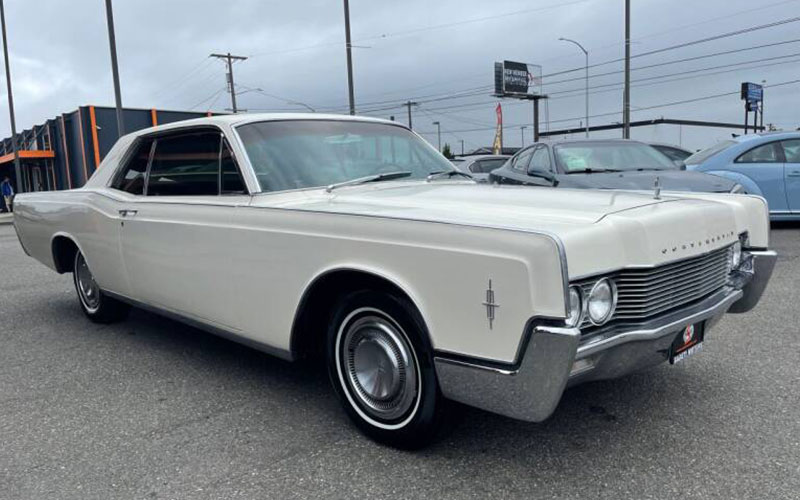
The 1966 Continental received the generation’s most significant updates. First among them was the addition of a new two-door coupe body style. Additionally, the overall length of the car was increased by four inches. A new grille and a new “power dome” hood also premiered that year. The fender turn signals were deleted and a new 462 cu-in V8 became the Continental’s standard engine.
For 1967, the Continental was given only slight changes to the grille and hood ornament, the star’s points shaved off and a spring action added, per regulations. Sadly, the sales of the convertible had dipped in 1967 and for 1968 that body style option was eliminated. The wrap-around fender turn signals returned that year, along with a new dashboard design and a new, Continental-exclusive steering wheel.
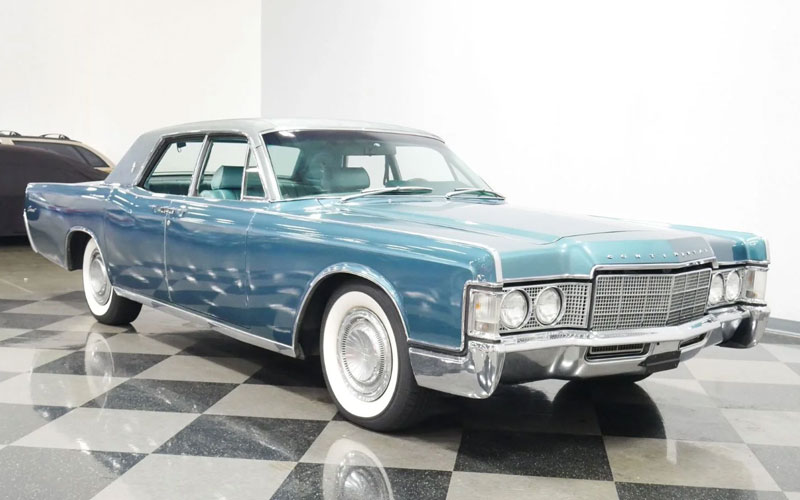
The final year for the fourth-generation Continental was 1969. Changes included a new grille and a new 460 cu-in V8 from Ford’s 385 series engines. The clean simplicity that had predominated the decade for the Continental had begun to ebb in favor of more design elements. The final few years of the fourth-generation Continental presaged the return of opulence and ornamentation in American luxury cars that played out through the 1970s.
With a near decade’s interval, the fourth-generation Lincoln Continental bridges the car’s two most ostentatious eras, the 1950s and 1970s. The 1960s Continentals was both representative of the decade’s buttoned-down, angular automotive designs and unmatched in its elegance and sophistication, before or since, along the Continental’s 80-year run.


